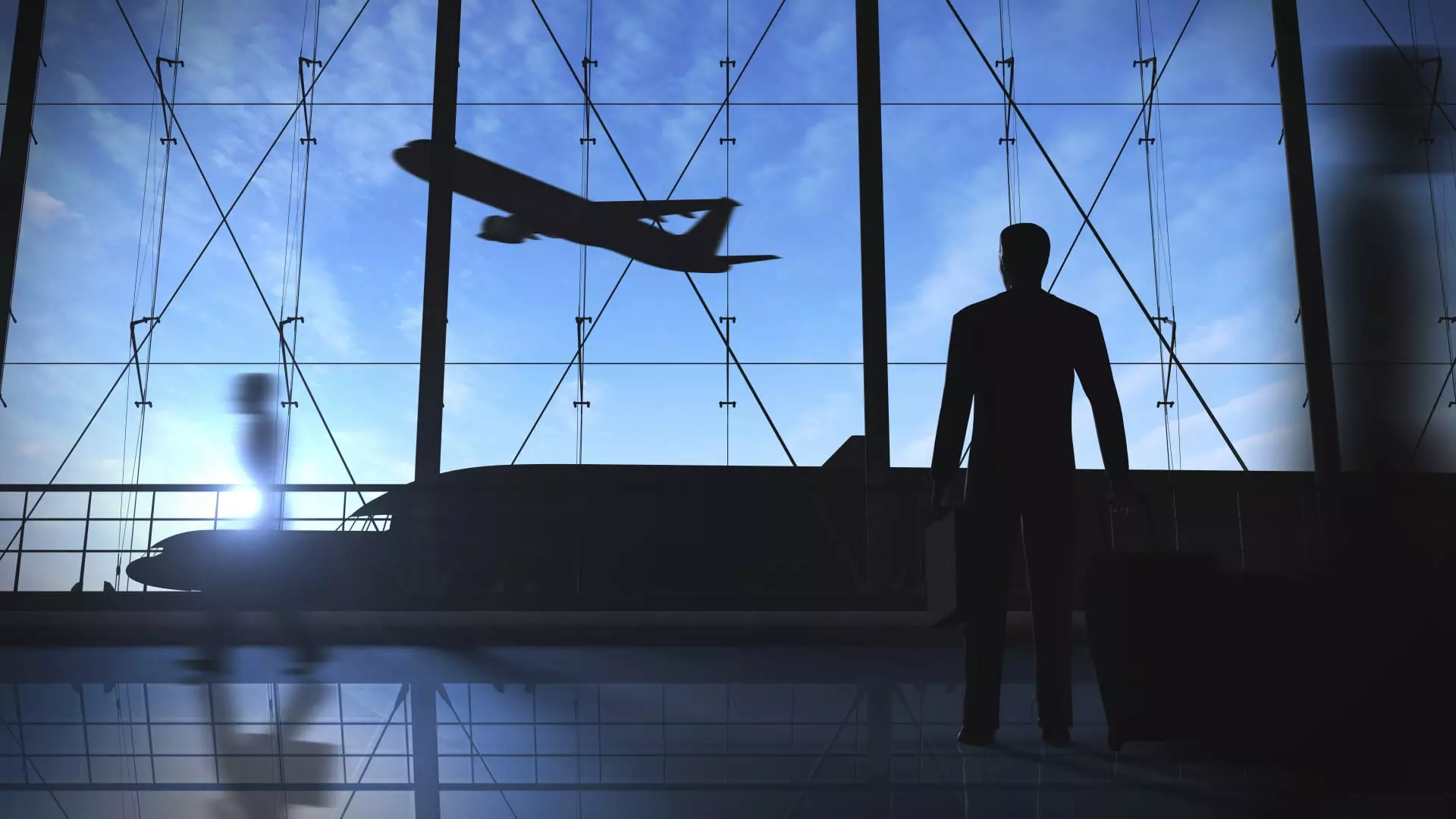Reports from Navan and the Global Business Travel Association (GBTA) paint an optimistic picture: corporate travel spending is on the rise, with a 15% year-over-year increase in activity during the second quarter of 2025, and global spend predicted to eventually hit $1.57 trillion. Yet beneath this veneer of progress lies an uncomfortable truth that cannot be ignored—many of these recent increases are not indications of renewed confidence but rather a strategic, cautious recalibration by corporations navigating a precarious economic landscape.
It’s tempting to see rising travel numbers as a sign of business resilience, but the reality is far more nuanced. Companies are not expanding their travel budgets impulsively; they are meticulously choosing where, when, and how to spend. The recent uptick in face-to-face meetings—particularly those involving individual meals—signifies a shift towards targeted relationship building rather than broad, discretionary travel. This data suggests that businesses are more intent on extracting maximum value from each trip, opting for efficiency over excess.
Furthermore, the decline in first-class and business-class bookings earlier this year followed by a subsequent rebound underscores a pattern of cautious optimism rather than unwavering confidence. The reduction in airfare prices—down 3.5% in June—further supports the idea that companies are seeking cheaper, more strategic ways to keep their employees on the move, embedding flexibility into their travel plans.
What emerges from this data is not a sector booming with boundless growth but rather one that remains fundamentally vulnerable, carefully managing its exposure amid unpredictable geopolitical tensions, trade disputes, and volatile economic signals. The narrative of a booming corporate travel sector inherently masks an underlying hesitancy that is unlikely to fade away entirely.
Economic and Political Uncertainty: The Puppeteers of Corporate Caution
The broader context cannot be ignored: ongoing trade tensions, fluctuating policies under President Trump, and inflationary pressures are the invisible puppeteers influencing corporate decisions. While companies may publicly demonstrate a commitment to travel, their internal strategy tells a different story—one of “wait and see.” Industry insiders like Amy Butte reveal that despite steady or even increasing travel activity, leaders are wary of overextending, wary of making costly commitments that may prove unnecessary if economic or political environments worsen.
This is not mere corporate conservatism; it is strategic risk management. Managers are carefully balancing the necessity of in-person engagement against the backdrop of uncertain trade policies that could quickly turn the business environment hostile. Airlines and other travel providers are adjusting their expectations accordingly, with Delta’s CEO acknowledging that corporate travel remains “flat” year-over-year—hardly the signs of a sector experiencing robust expansion. It’s a sobering reminder that economic stability remains fragile, and corporate leaders are wary of overcommitting when the horizon is clouded by potential tariffs and policy pivots.
What is particularly telling is that this cautious approach does not signal a withdrawal from face-to-face meetings but a shift in approach. Companies are increasingly booking multi-city trips, consolidating meetings, and reducing overall trip frequency. These measures exemplify a strategic pivot—maximizing ROI while mitigating exposure to macroeconomic uncertainty.
The Strategic Calculus Behind Corporate Travel Spending
Corporate travel is now less about indulgence and more about necessity. The emphasis on purposeful meetings demonstrates an enlightened approach to travel management—one focused on tangible outcomes rather than perceived prestige. In this context, the “frivolous” travel of the past, often criticized for its inefficiency, is fast becoming a relic of a less cautious era.
As airline earnings reflect mixed signals—initially weaker demand followed by tentative signs of stabilization—companies are calibrating their travel plans accordingly. Some firms like United Airlines report increased demand, but such growth appears more a reflection of improving macroeconomic conditions than an organic, robust expansion of corporate travel itself.
The persisting climate of uncertainty raises critical questions: Are these companies genuinely optimistic about the future, or are they merely pretending to be so in order to maintain investor confidence and avoid damaging perceptions of retreat? The disparity between trend reports and CEO statements suggests that while some sectors see a window of opportunity, others remain locked in a conservative stance, waiting for clearer signals of economic confidence.
The Inside Outlook: A Shift Towards Strategic Cost Management
What becomes clear is that corporate travel as an industry is undergoing a transformation—not a collapse, but a recalibration rooted in pragmatic, centered-world thinking. The old days of lavish conferences and unnecessary face time are being replaced by targeted, purpose-driven trips justified through rigorous ROI analysis.
This shift holds a critical lesson for policymakers and industry stakeholders: true resilience in the face of economic and political upheaval can only emerge through strategic adaptability, not complacency. While this cautious stance may temporarily dampen growth figures, it arguably sets the stage for sustainable recovery—one rooted in efficiency rather than excess—once the global landscape stabilizes.
In a world still rife with instability, expecting unchecked expansion from corporate travel is naïve. What is needed is a nuanced understanding of the strategic choices companies are making—and the signals these choices send about their deepest confidence levels. It is not an industry on the brink of collapse, but one that has learned to survive—and perhaps even thrive—by embracing a pragmatic, cautious approach amid turbulence.

